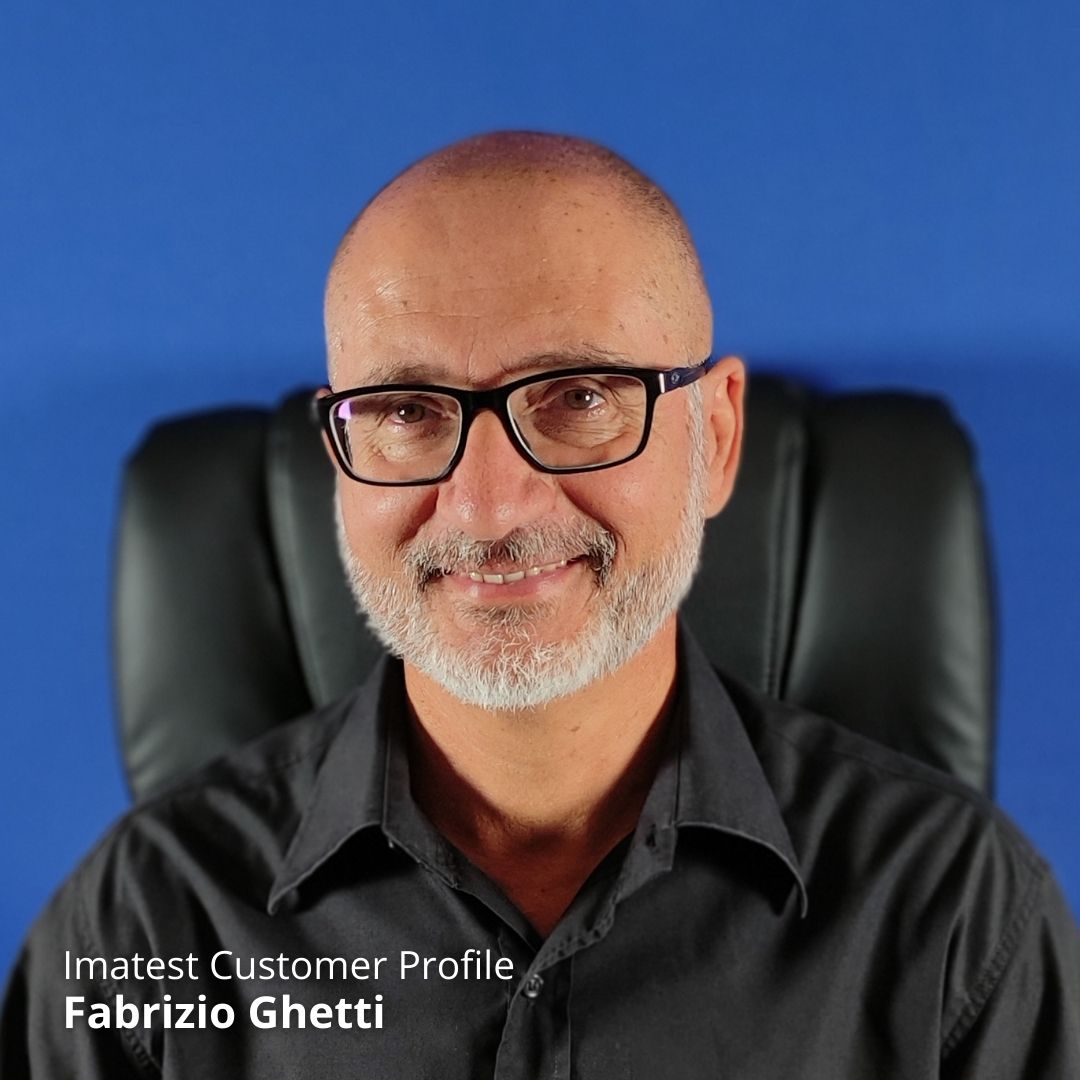
Mia: What do you do for work?
Fabrizio: My job is now video expert in Italian R&D department of Avaya. I lead the video lab that evaluates and measures the image quality of Avaya and Konftel equipment. I started evaluating video conferencing imaging 35 years ago when the Italian company Aethra pioneered the study of still image transmission in telecommunications and, at that time, mobile phones were completely different from the smartphones we use today. The camera we used in the beginning to capture images on computers had very big dimensions and a completely different technology, because both displays and cameras used cathode ray tubes to view and capture images. I have since remained responsible for assessing the quality and specification of videoconferencing imaging and have worked as the head of the video lab for Aethra, Radvision, Konftel and Avaya. In these years, I traveled to Asia among manufacturers of cameras and optics of different types, evaluating the different methods of video testing of the various laboratories.
Mia: As somebody who works with video, that’s really cool to hear. I work with video on the other side of it with production for Imatest marketing. It’s amazing to hear just how far imaging goes.
Fabrizio: Yes, being one of the pioneers, I have seen a lot of technology pass in front of me. We started from the NTSC Signal standard for the US or PAL/SECAM for Europe, to the present 4K, and now in the video communication market we are starting to use even higher resolutions with image sensors up to 50 MPixel, while the technology of mobile phones begin to use 200 MPixel image sensors. Even though I have seen a lot of technology, the concept of image quality remains the same and Imatest remains an important part of my work.
Mia: How long have you been using Imatest software?
Fabrizio: I think I started to use Imatest in 2013. I remember the version 3.10. When I started using Imatest, I not only abandoned the use of the other methods, but I used it with our subcontractors because it’s a good reference. It is important to align the two labs remotely and locally.
Mia: Awesome. Next question: what feature in the software do you find yourself using the most?
Fabrizio: I use a lot of parts of Imatest, but mainly we can say that I concentrate my activity on resolution. So SFR; the test for measuring resolution on your screen and also geometry of the image, the angle of view, and the distortion. The next step is to evaluate the exposure using the step chart. For example, for control of the brightness, contrast, or the color checker to evaluate color occurrences using different illumination types. Of course I also use the Imatest Lightbox to use the lens shading correction so the compensation of the reduction of illumination in the corner. And with this one I can also check the dynamic range. I use the 36 patch low dynamic range chart to evaluate the wide dynamic range. So this is mainly what I use normally.
Mia: Yeah. You’re pretty much using a lot of our charts, especially some good ones to cover all your needs. Well, it’s been really great speaking to you and thank you for all of your insight in the industry regarding video. It’s always very special to be able to interact with customers and hear just how much they’re making an impact in the industry. Thank you very much.
Fabrizio: I wish you a very nice day and good luck in all of your activities. Thank you for your time.
Update: As of November 2022, Fabrizio is now working at Jabra, working in video communications for the R&D department.

